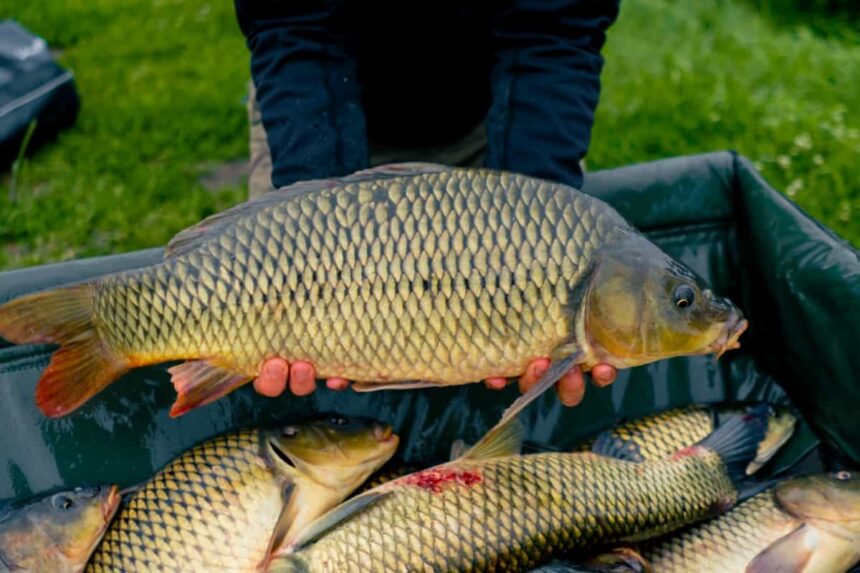Low-budget fish farming involves cultivating fish in a way that maximizes resources while minimizing expenses. In this approach, farmers focus on utilizing local resources efficiently, such as natural ponds or low-cost pond construction materials. The fish farming goal is to create a sustainable and profitable operation without compromising on quality or yield.
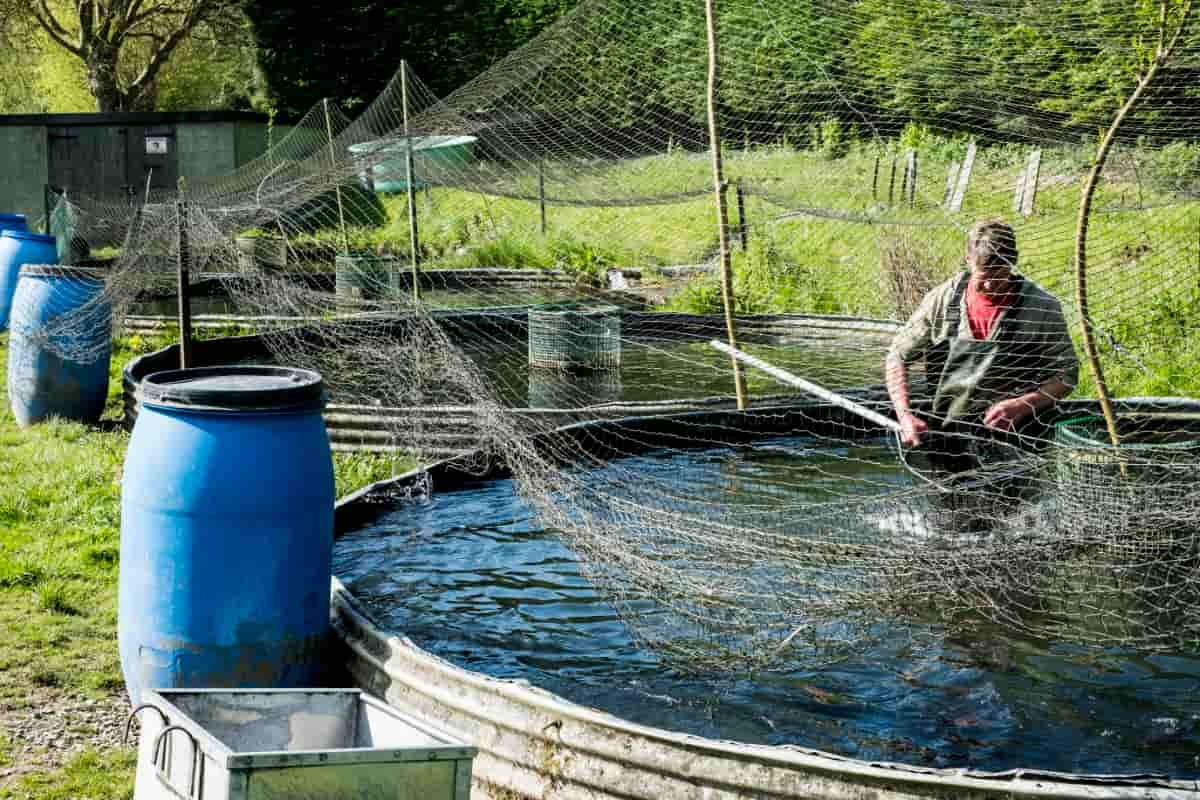
Choosing the Right Species for Budget Farming
Some fish species are more cost-effective and easier to cultivate than others, making them ideal for budget-friendly operations.
Tilapia: Tilapia are known for their hardiness and ability to thrive in various environmental conditions. They are relatively easy to farm and are popular in aquaculture due to their mild-tasting white flesh.
Catfish: Catfish, particularly species like Channel catfish, are well-suited for aquaculture. They have a robust appetite, grow quickly, and are adaptable to different water conditions. Channel catfish, in particular, is widely farmed in many regions due to its high demand.
Carp: Common carp and its variations, such as grass carp and silver carp, are popular choices for economical aquaculture. Carp are known for their resilience, ability to grow in low-quality water and efficient feed conversion.
Trout: Rainbow trout and other trout species can be suitable for low-budget fish farming, especially in colder water environments.
Tilapia Hybrid: Hybrid tilapia, such as the Nile tilapia hybrid, are bred for their fast growth and disease resistance.
Basics of Pond Design and Construction
The main step is to select a suitable location for your pond – an area with access to water sources and proper drainage is ideal. Next, consider the size and shape of the pond based on the species you plan to farm. Ensure that the pond depth allows for proper oxygen circulation and temperature regulation.
Proper construction techniques involve compacting the soil, lining the pond if necessary, and installing inlet and outlet pipes for water management. It’s essential to prevent leakage while maintaining water quality. Natural elements like vegetation around the pond can provide shade and shelter for your fish. Additionally, implementing aeration systems can improve oxygen levels in the water.
Water Quality Management
Ensuring that the water in your ponds is clean and balanced can help prevent disease outbreaks and optimize fish growth rates. Monitoring parameters such as oxygen levels, pH, temperature, and ammonia concentrations is key to maintaining a healthy aquatic environment. Regularly testing the water quality using affordable test kits can provide valuable insights into potential issues.
In case you missed it: The Eco-Friendly Makeover: How to Convert Your Unused Swimming Pool into a Fish Pond
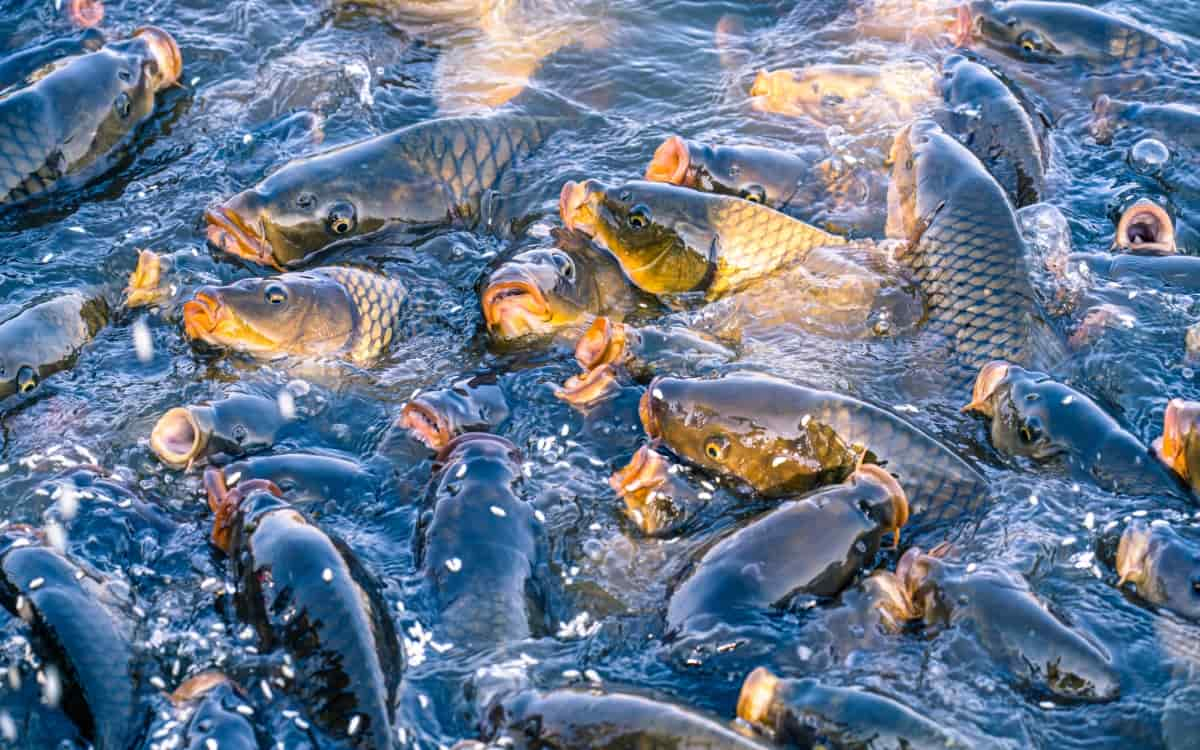
Implementing proper filtration systems and aeration techniques can also help improve water quality by removing debris and increasing oxygen levels. In addition to proactive measures, it’s essential to address any problems promptly. Taking quick action in response to changes in water quality can prevent them from escalating into more significant concerns that could impact the health of your fish population.
Low-Cost Feeding Strategies
Finding cost-effective feeding strategies is key to ensuring the health and growth of your aquatic creatures. One way to reduce feeding costs is by utilizing locally available feed ingredients such as kitchen scraps, agricultural by-products, or even aquatic weeds. Another option is to consider formulating your fish feed using inexpensive ingredients like rice bran, soybean meal, and fishmeal substitutes. This allows you to tailor the feed’s nutritional content while keeping costs down.
Furthermore, practicing feeding management techniques, such as feeding based on demand rather than on a fixed schedule, can help prevent overfeeding and wastage. Additionally, implementing floating feed trays or automatic feeders can help optimize feeding efficiency and minimize food loss into the water.
Breeding Techniques on a Budget
Several cost-effective methods can help you maximize your resources. One approach is to utilize natural spawning by creating the right conditions in your pond or tank for the fish to breed on their own. This can reduce the need for expensive artificial breeding techniques. Another option is to consider selective breeding, where you choose specific individuals with desirable traits to reproduce and improve the overall quality of your stock over time.
By carefully selecting breeding pairs, you can enhance traits such as growth rate and overall productivity without breaking the bank. Additionally, incorporating simple techniques like providing optimal feeding conditions and maintaining good water quality can also significantly contribute to successful breeding outcomes.
Disease Management in Economical Fish Farming
Keeping a close eye on water quality and overall pond health can help reduce the risk of diseases spreading among your fish population. Regularly monitoring your fish for illness signs or unusual behavior is essential. Early detection can make a big difference in containing and treating potential outbreaks before they escalate. Implementing good biosecurity measures, such as controlling the introduction of new fish to your farm and disinfecting equipment properly, can also help minimize the spread of diseases.
In case you missed it: Tilapia Fish Farming in Saudi Arabia: Business Plan, How to Setup Ponds and Tanks for Tilapia
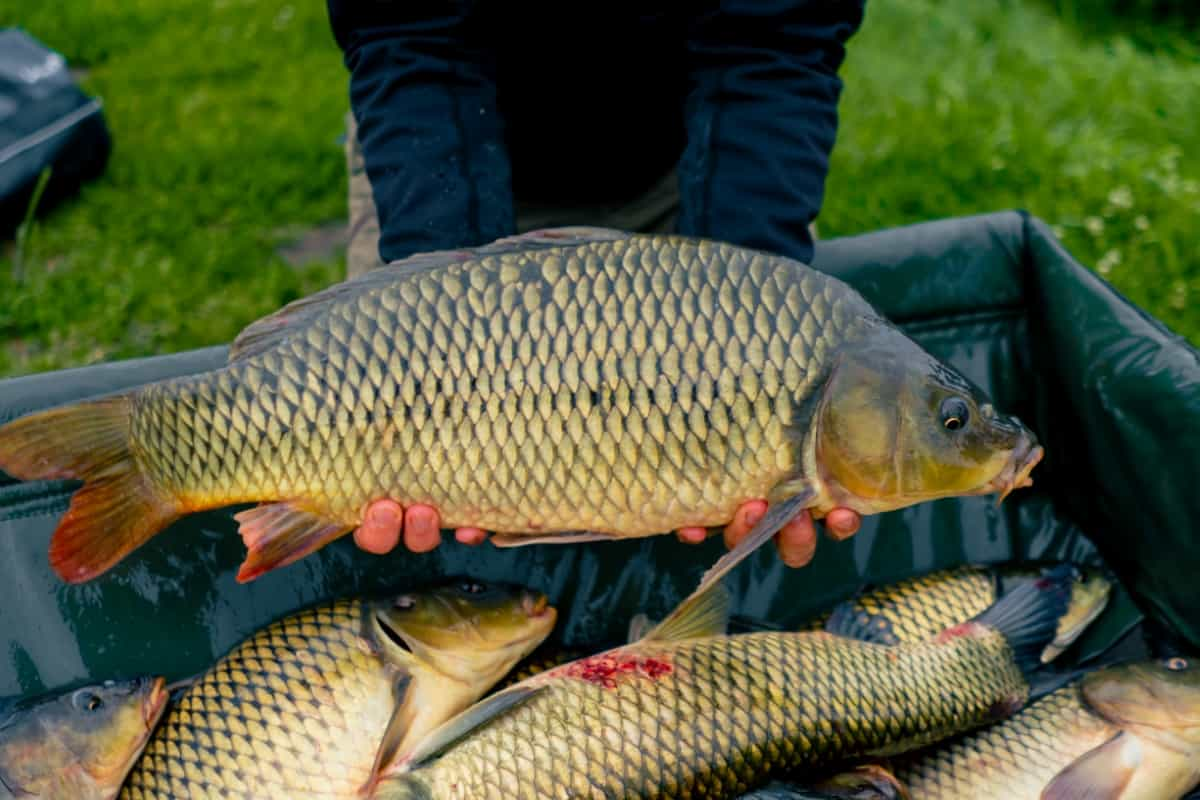
Educating yourself about common fish diseases and their symptoms will empower you to take swift action when needed. Consulting with local aquaculture experts or veterinarians can provide valuable guidance on effective treatment options. By staying proactive and diligent in managing disease risks, you can safeguard the health and well-being of your fish while maintaining a sustainable and thriving aquaculture operation.
Natural Methods for Enhancing Fish Health
The effective way is by incorporating aquatic plants into the pond environment. These plants provide oxygen and also serve as a natural food source for the fish. Another natural method is the use of probiotics. Adding beneficial bacteria to the water helps maintain a healthy microbial balance, reducing the risk of diseases in your fish population.
Additionally, using herbal extracts like neem or garlic can act as natural remedies against common fish illnesses. Implementing proper filtration systems and regular water testing can prevent stress and diseases in your stock. Avoiding overcrowding and ensuring adequate space for swimming are also vital factors in promoting overall health.
Harvesting Techniques
The common harvesting method is seining, where a net is used to encircle the fish before lifting them out of the pond. This technique works well for smaller ponds with easy access. Another option is using a dip net or scoop net for catching individual fish one by one. While this method may be more time-consuming, it can be effective for small-scale operations.
For larger quantities of fish, using a seine net dragged through the water can help gather a significant amount at once. This technique requires some skill and coordination but can be efficient. Some farmers drain the pond partially or completely to collect all the fish at once. Experimenting with different methods that work best for your specific setup is key to successful harvesting in economical aquaculture.
Post-Harvest Handling and Storage
After all the hard work put into cultivating your fish, it’s important to ensure they reach consumers in optimal condition. The key aspect is ensuring that fish are properly stored at the right temperature to prevent spoilage. This includes removing unwanted parts and packaging them appropriately for transportation or sale.
In case you missed it: 14 Biofloc Fish Farming Tank Suppliers in India: Top Aqua Products Manufacturers
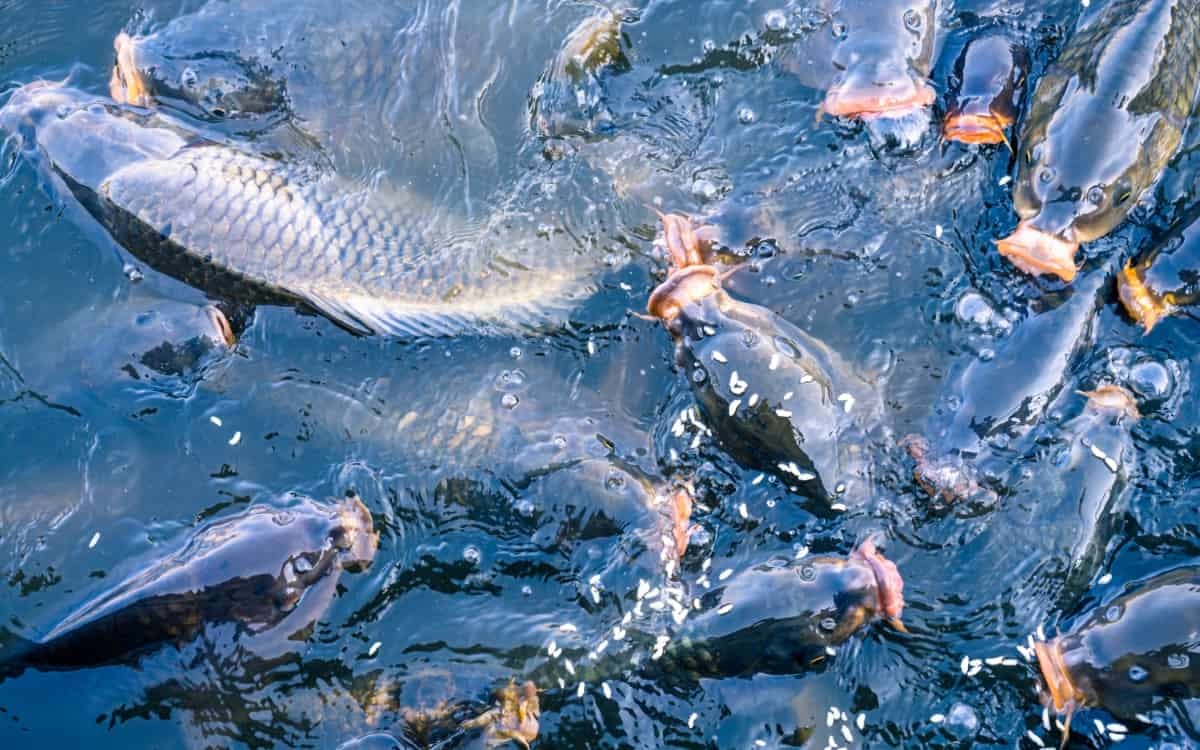
Proper labeling with dates can also help track freshness and rotate stock. Implementing simple yet effective storage methods, such as using ice or coolers, can go a long way in preserving the quality of your fish until they reach their destination. By paying attention to these details, small-scale farmers can enhance their reputation for delivering fresh and high-quality products, ultimately building customer trust and loyalty.
Marketing Strategies for Small-Scale Farmers
The effective approach is to establish relationships with local restaurants, markets, and grocery stores. By offering them fresh and sustainably farmed fish, you can create a loyal customer base. Another great way to market your products is through social media platforms such as Instagram and Facebook. Sharing visually appealing photos of your fish farm and engaging with followers can help generate interest in your products.
Participating in farmers’ markets or local food fairs is also a fantastic way to showcase your fish and connect directly with consumers. Collaborating with other small-scale farmers or businesses in the community for cross-promotion can also be beneficial for expanding your reach. By combining, you can leverage each other’s networks and customer base for mutual benefit.
Cost-Effective Fish Farm Equipment
Investing in high-quality but affordable tools can help maximize efficiency and productivity on your farm. When selecting equipment such as aerators, feeders, nets, and pumps, look for durable yet budget-friendly options. These are essential for maintaining a healthy aquatic environment and ensuring proper fish feeding. Consider purchasing second-hand or refurbished equipment from reputable suppliers to save money without compromising on fish quality.
This can be a great way to cut costs while still getting reliable machinery for your farm operations. Regular maintenance and proper storage of your equipment are also key factors in prolonging their lifespan and avoiding costly replacements down the line. By taking good care of your tools, you can ensure they continue to serve you well in the long run.
Utilizing Local Resources
Utilizing local resources in low-budget fish farming can be a game-changer for small-scale farmers. By tapping into what is readily available in your area, you can significantly reduce costs and increase sustainability. The main way to utilize local resources is by sourcing feed ingredients locally. Instead of purchasing expensive commercial feeds, consider using natural options like aquatic plants or agricultural by-products that are abundant in your region.
In case you missed it: Government Subsidy for Biofloc Fish Farming in India
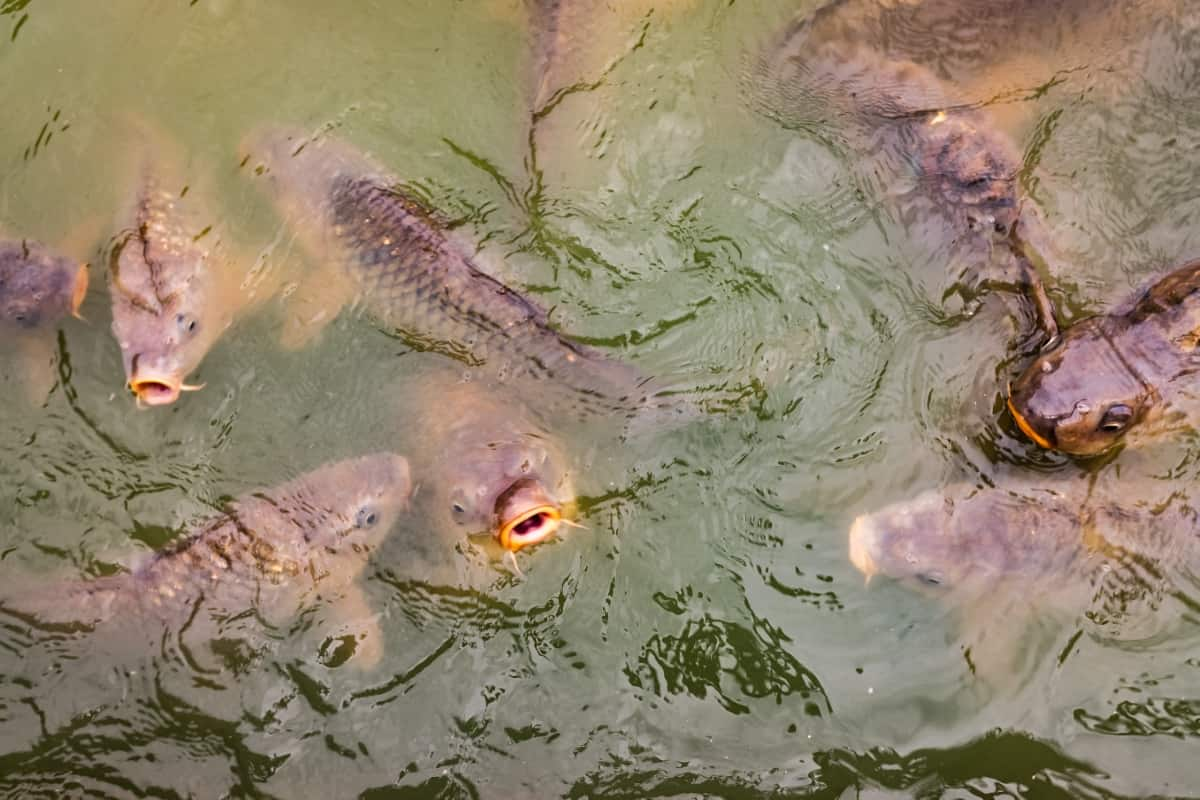
Another approach is to leverage natural ponds or water bodies for your aquaculture setup. This not only minimizes construction costs but also helps maintain an eco-friendly operation by utilizing existing resources. Furthermore, exploring traditional knowledge and techniques used by local fishermen can provide valuable insights into sustainable practices that are passed down through generations. By adapting these methods to modern aquaculture, you can optimize your farm’s efficiency while staying connected to the community around you.
Government and NGO Support Programs
These programs provide small-scale farmers with access to training, resources, and financial assistance to help them establish sustainable aquaculture practices. By connecting with government agencies and non-profit organizations, fish farmers can receive valuable guidance on best practices for maximizing their productivity while minimizing costs.
NGOs and government agencies may also support fish farmers by helping them access markets for their products. Through these support programs, farmers can also stay updated on the latest technology in the aquaculture industry so that they remain competitive in the market. Additionally, government and NGO initiatives often focus on environmental sustainability, helping farmers implement eco-friendly practices that benefit both their businesses and the ecosystem.
Case Studies of Successful Low-Budget Fish Farms
The successful low-budget farm is located in a rural village. The farmer cleverly utilized natural resources like rainwater harvesting to reduce costs. Another example comes from an urban setting, where a small-scale fish farmer maximized space by using innovative tank designs. Through efficient water management and smart feeding strategies, this farm was able to produce high-quality fish at minimal expenses.
In rural areas of the United States, small-scale farmers have successfully established catfish farms in natural or man-made ponds. These farms often start with a modest investment in pond construction, stocking fingerlings, and basic equipment. Farmers typically utilize locally available feed options such as commercial pellets or natural feeds like worms and insects.
In case you missed it: How to Start Fish Farming in Mexico: Key Rules, Requirements, Business Plan, Setup Cost, Subsidy, and Loans
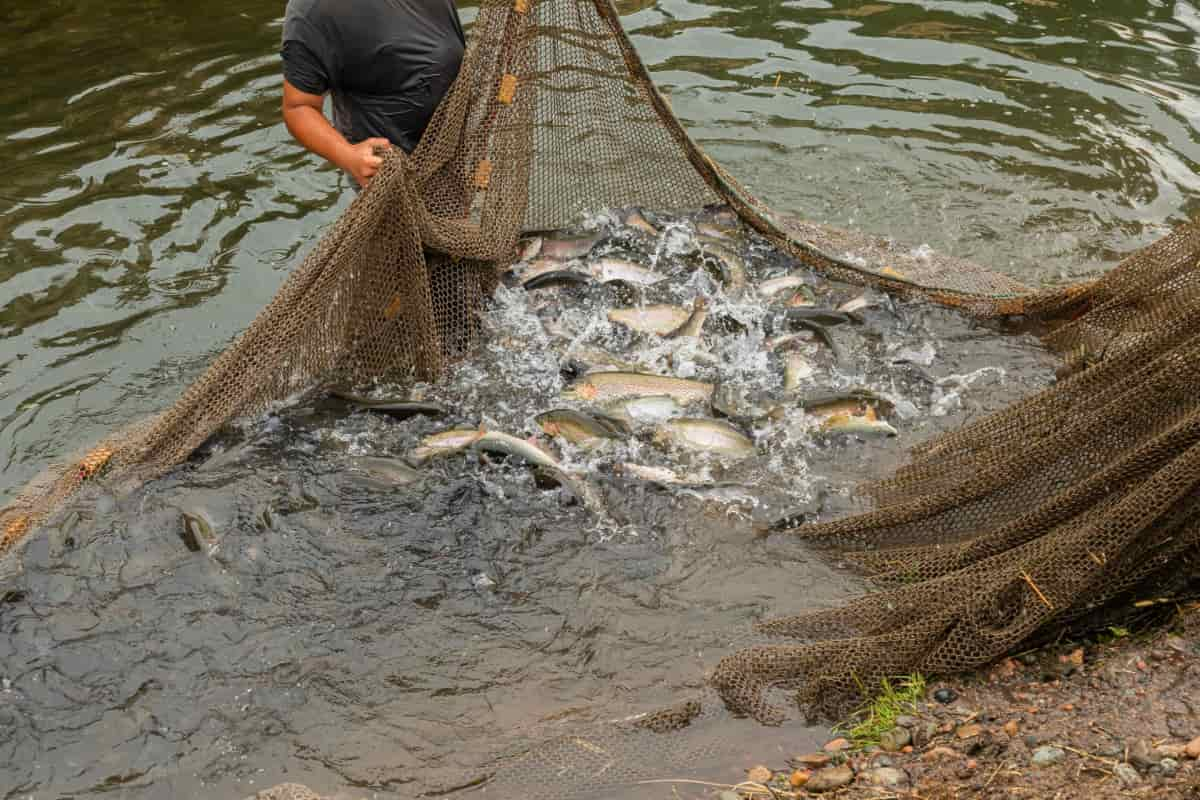
In a coastal area, a community-based fish farming initiative flourished by leveraging local expertise and resources. By working together collaboratively, these farmers were able to share knowledge and support each other in overcoming challenges. This cooperative approach not only reduced individual costs but also fostered a sense of unity within the community.
Future Trends in Budget Fish Farming
The main trend is the integration of technology into small-scale fish farms. This will allow farmers to monitor water quality, feeding schedules, and overall farm management more efficiently. Vertical farming systems are also on the rise in budget fish farming. These systems allow farmers to grow more fish in less space by stacking tanks vertically. This innovative approach not only saves space but also reduces operational costs.
RAS technology, which allows for the intensive production of fish in closed-loop systems with minimal water exchange, holds promise for budget fish farming. As RAS technology becomes more affordable and scalable, small-scale farmers may increasingly adopt these systems to reduce water consumption, mitigate environmental impacts, and produce fish in areas with limited access to freshwater resources. By exploring new ways to feed fish while maintaining their health and growth rates, farmers can significantly cut down on production costs.
Economical aquaculture provides a sustainable way to produce high-quality seafood while also generating income for farmers. By focusing on efficiency, resourcefulness, and innovation, low-budget fish farming has the potential to contribute significantly to global food security and economic development in rural communities.
- Ultimate Guide to Natural Vegetable Farming
- Natural Farming for Sustainable Livestock Management
- Dairy Farm Technology in India: The Future of Dairy Husbandry
- Comprehensive Guide to Organic Farming in Villages
- Modern Sheep Farming Technology: The Future of Sheep Husbandry
- Goat Farming Technology: The Future of Goat Husbandry
- How to Build a Low-budget Goat Shed: Cheap Ideas and Tips
- Goat Farming Training Programs in India: A Beginner’s Guide
- Types of Pesticides Used in Agriculture: A Beginner’s Guide
- Economical Aquaculture: A Guide to Low-Budget Fish Farming
- 15 Common Planting Errors That Can Doom Your Fruit Trees
- How to Make Houseplants Bushy: Effective Tips and Ideas
- Innovative Strategies for Boosting Coconut Pollination and Yield
- Pollination Strategies for Maximum Pumpkin Yield
- The Complete Guide to Chicken Fattening: Strategies for Maximum Growth
- Natural Solutions for Tulip Problems: 100% Effective Remedies for Leaf and Bulb-Related Issues
- Revolutionizing Citrus Preservation: Towards a Healthier, Greener Future
- Natural Solutions for Peony Leaf and Flower Problems: 100% Effective Remedies
- Maximizing Profits with Avocado Contract Farming in India: A Comprehensive Guide
- Natural Solutions for Hydrangea Problems: 100% Effective Remedies for Leaf and Flowers
- The Ultimate Guide to Choosing the Perfect Foliage Friend: Bringing Life Indoors
- From Sunlight to Sustainability: 15 Ways to Use Solar Technology in Agriculture
- The Ultimate Guide to Dong Tao Chicken: Exploring from History to Raising
- The Eco-Friendly Makeover: How to Convert Your Unused Swimming Pool into a Fish Pond
- Mastering the Art of Delaware Chicken Farming: Essentials for Healthy Backyard Flocks
- 20 Best Homemade Fertilizers for Money Plant: DIY Recipes and Application Methods
- How to Craft a Comprehensive Free-Range Chicken Farming Business Plan
- Brighten Your Flock: Raising Easter Egger Chickens for Beauty and Bounty
- How to Optimize Your Poultry Egg Farm Business Plan with These Strategies
- Subsidy for Spirulina Cultivation: How Indian Government Schemes Encouraging Spirulina Farmers
- Ultimate Guide to Raising Dominique Chickens: Breeding, Feeding, Egg-Production, and Care
- Mastering the Art of Raising Jersey Giant Chickens: Care, Feeding, and More
- Ultimate Guide to Raising Legbar Chickens: Breeding, Farming Practices, Diet, Egg-Production
- How to Raise Welsummer Chickens: A Comprehensive Guide for Beginners
- How to Protect Indoor Plants in Winter: A Comprehensive Guide
- Ultimate Guide to Grow Bag Gardening: Tips, Tricks, and Planting Ideas for Urban Gardeners

